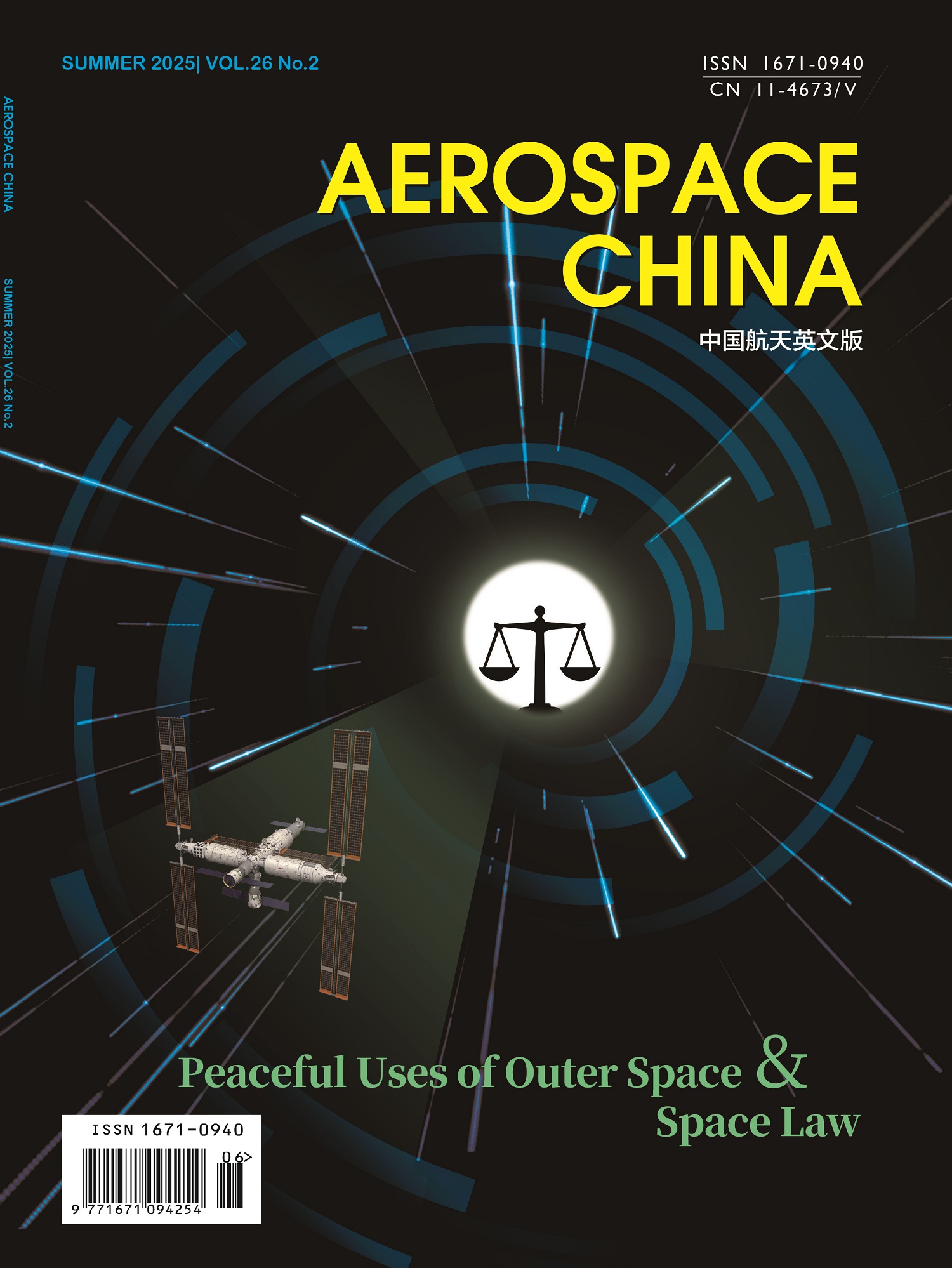Machine Vision for Non-Contact Automated Countersink Measurement
LIANG Ying , WU Xiaowei , JIA Chunning , YU Long , YE Shunjian , LE Bin
2022, 23(3):
32-37.
doi:10.3969/j.issn.1671-0940.2022.03.005
 Abstract
(
80 )
Abstract
(
80 )
 PDF (979KB)
(
95
)
Related Articles |
Metrics
PDF (979KB)
(
95
)
Related Articles |
Metrics
The slug rivet is widely used in wing assembly due to its longer fatigue life and better sealing performance compared with other connection technologies. As a countersink with dual-angle is widely adopted for this type of connection, the countersink diameter and depth are key factors that affect assembly quality. Therefore, it is of great importance to efficiently inspect the countersink quality to ensure high accuracy. However, contact measurements are susceptible to the loss of accuracy due to cutting debris and lube build-up, while the hole-scanning method using laser profilometry is time consuming and complex. In this paper, a non-contact method for countersink diameter and depth measurement based on a machine vision system is proposed. The countersink diameter can be directly measured by the machine vision system, while the countersink depth is determined through the countersink diameter indirectly. First, by means of image processing technology together with an improved edge detection algorithm, the countersink diameter can be obtained. Then, a 3D microscope is employed to measure the countersink depth, which helps to model the countersink. As a result, once the countersink diameter is measured, so is the depth. The experimentation demonstrated that this method has strong easibility and enables time saving, which is conducive to improve the riveting
efficiency.



